
Wasting Assets, Chattels, and Capital Gains Tax
If you make a ‘gain’ (also known as a profit) when you dispose of an asset, you may need to pay Capital Gains Tax. Disposing of an asset can mean that you sell it, but it can also mean giving it away or swapping it for something else.
It’s one of the rare taxes that can apply to both private individuals and to businesses, although the rules are slightly different depending on which category you fall into.
Despite being a fairly common tax, most of us won’t come across it on a day-to-day basis. This, along with the various rates and exemptions which might apply, can make it a very complex subject. When you look at Capital Gains Tax, you’re very likely to come across the terms ‘chattels’ and ‘wasting assets’, so in this article we look at what these mean, and how they work for Capital Gains Tax.
What is a chattel for Capital Gains Tax?
HMRC use the term ‘chattel’ to indicate a tangible, moveable asset. A house, for example, isn’t a chattel as you can’t (normally) move it. The intellectual property value of a brand isn’t a chattel as it is intangible. HMRC do give a few examples of chattels, including:
- Items of household furniture
- Paintings, antiques, items of crockery and china, plates, and silverware
- Motor cars, lorries, motorcycles
- Items of plant and machinery not permanently fixed to a building
It can get a bit complicated if you acquire something that is moveable, then attach it permanently to a building, at which point it becomes immovable!
How much Capital Gains Tax will I pay disposing of chattels?
Your bill for Capital Gains Tax depends on how much you ‘gain’ in a tax year, and the Annual Exempt Amount (AEA) rate that you’re eligible for.
Capital Gains Tax Allowance (The Annual Exempt Amount)
The Annual Exempt Amount (AEA) is the amount of gains that you can make in a year before you need to start paying Capital Gains Tax. It’s important to note that the tax-free allowance has been reduced in recent years, and individuals and trustees use different exemption thresholds.
| 2023/24 | 2024/25 | Individuals | £6,000 | £3,000 |
| Trustees | £3,000 | £1,500 |
If the total of all your gains is less than the Annual Exempt Amount in a year, you won’t actually need to report them or pay Capital Gains Tax.
Working out Capital Gains Tax
It’s important to note that Capital Gains Tax is a tax on the profit (or ‘gain’!) and not on the total amount you receive on the sale or disposal. The gain is what’s left over after you deduct the purchase cost, selling costs, and anything you spent to increase the asset’s value whilst owning it.
For example, imagine you buy an item costing £10,000 at an auction, and they charge you a premium on the purchase. You make some repairs costing £4,000, and then sell it for £25,000 through an online website which charges you £2,500 commission on the sale. Your calculation would look something like this:
| Sales proceeds | £25,000 |
Minus the total of what you spent:
|
£17,500 |
| Net Taxable Gain Sale proceeds minus the total amount you spent |
£7,500 |
The next step is to add together any other gains you made in the tax year, and then subtract the allowance that you’re entitled to.
If you’re an individual, and the only gain you make in the 2023/24 tax year is the example we use above, then you’ll offset your £6,000 allowance against the £7,500 gain, leaving £1,500 to pay Capital Gains Tax on.
What is a chattel set?
Now, if you combine similar items and dispose of them as a set, that tax-free allowance (the annual exempt amount) applies to the set rather than to the individual items.
HMRC use the example of a chess set to describe what might count as a chattel group. You buy individual pieces and a board separately, but when they become a set, they increase in value.
Even if you go on to sell the items separately to different people, they still form part of a set. As such, you must consider the total amount you get from selling all of the pieces.
For instance
You sell each piece for £1,000. This alone is less than the £6,000 limit, and ordinarily you wouldn’t need to report on them for CGT. But, because each piece forms part of a set, you must add these individual sales together.
The total amount that you make from selling each piece separately adds up to £32,000. That’s over the £6,000 limit, so you’ll need to report on this for Capital Gains Tax. The total amount is also above the CGT allowance, so you’ll pay CGT on the portion of the gain which is more than the allowance.
Disposing of assets rather than selling
We use the example of a sale, but you can also substitute the word ’transfer’ here. If you transfer ownership or gift an item to someone then the same principle of paying Capital Gains Tax will apply. Because there’s no sale price, you’ll use the market rate of the item to work out the gain.
What if multiple people own an asset?
If more than one person owns the asset, then the proceeds are split by their particular shares.
For example
Three members of a family buy a painting between them for £5,000, and sell it for £15,000.
The gain would normally be £10,000 and therefore over the limit, but because it’s owned equally by 3 people, the proceeds are divided equally between them.
Each individual gains £3,333 from the sale, and as a result they’re under the limit.
What is a wasting asset?
Chattels (also known as assets) fall into two categories: wasting, and non-wasting assets.
The usual form is that over the period of time, the asset becomes less valuable until the point that it becomes almost valueless or only has scrap value. An example here might be a boat that has a high value when you buy it, but which becomes less desirable as you use it over the years, and as a result it’s less valuable.
Wasting assets must have a predictable life. Now, this isn’t always possible and may require a reasonable estimate, but there isn’t any penalty if you make a sensible guess, and it turns out to be a small amount. HMRC have special rules for estimating the useful life of wasting assets.
What is the intended use?
Intended use is also an important concept. You may buy a motorcycle with the intention of riding it to and from work. In this instance, it would have an estimated life of less than 50 years based on its intended use.
But if you buy the motorcycle in its crate direct from the factory, intending to keep it for more than 50 years as an investment, then that is another matter entirely.
The key to ‘intended use’ as far as Capital Gains Tax is concerned, is what you intend to do with the asset, not what the usual purpose of it is.
Why are wasting assets important for Capital Gains Tax?
Wasting assets are exempt from Capital Gains Tax, as long as they are not used for business purposes.
If, as a private individual, you loan an asset to a business that then uses it as plant or machinery, then any gains made on the sale must be declared on your personal tax return.
A tax that should be simple ends up being complex
As with most aspects of the UK tax system, the seemingly simple concept of paying tax on the increase in value of an asset ends up being very complex indeed.
Rather than tackling HMRC’s tax manuals, get help! You can’t take chances with taxation because the best-case scenario means you could end up paying too much tax, but in the worst case you may end up paying penalties and interest.
Learn more about our online accounting services, including tax support. Call us on 020 3355 4047 and we’ll happily talk you through how our service works and what we can do for you, or get an instant quote online.
Want to learn more?
Subscribe to our newsletter to get accounting tips like this right to your inbox

Read more posts...

The Accountancy Partnership – Our Positive Reviews
20th January 2025We’re proud of our customer reviews here at The Accountancy Partnership The reviews we receive from our customers show how hard we…
Read More
Do Vets Need to Submit Tax Returns?
16th January 2025Working as a vet is extremely rewarding, whether you’re working in a veterinary practice, or on-call. Over the years, the profession has…
Read More
Time To Pay: Can I Request an Extension if I Can’t Pay My Tax Bill?
14th January 2025HMRC launched the Time to Pay arrangement scheme to help individuals and businesses if they’re having difficulties paying their tax bill on…
Read MoreConfirm Transactions
The number of monthly transactions you have entered based on your turnover seem high. A transaction is one bookkeeping entry such as a sale, purchase, payment or receipt. Are you sure this is correct?
Please contact our sales team if you’re unsure
VAT Returns
It is unlikely you will need this service, unless you are voluntarily registered for VAT.
Are you sure this is correct?
Call us on 020 3355 4047 if you’re not sure.
Bookkeeping
You will receive our bookkeeping software Pandle for free, as part of your package.
You can use this to complete your own bookkeeping, or we can provide a quote to complete your bookkeeping for you.
Please select and option below:
Call us on 020 3355 4047 if you’re not sure.

